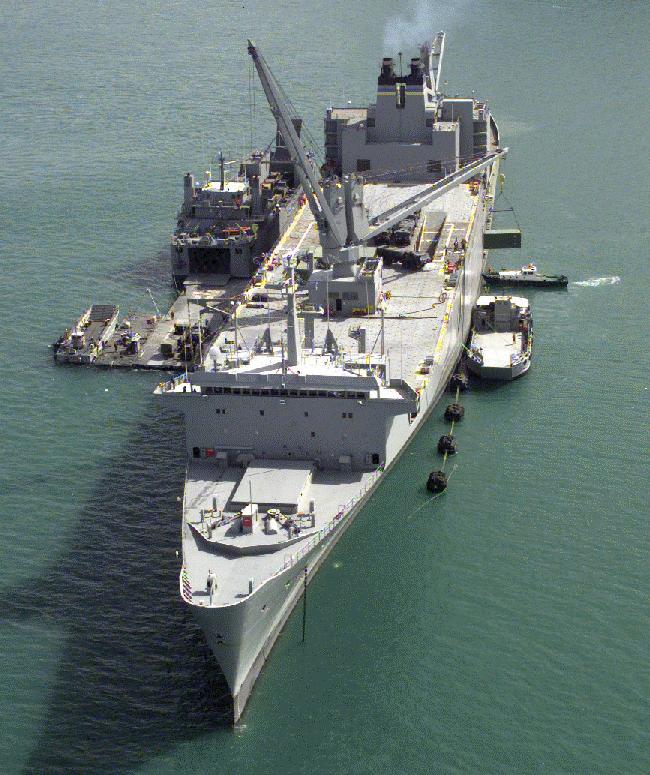How about maximum HP of 108,920 hp at 102 rpm and maximum torque of 5,608,312 lb/ft at 102rpm?
http://people.bath.ac.uk/ccsshb/12cyl/
How about maximum HP of 108,920 hp at 102 rpm and maximum torque of 5,608,312 lb/ft at 102rpm?
http://people.bath.ac.uk/ccsshb/12cyl/
Capt Slow wrote: what kind of car can we swap that into?
Car? Put it in a track and use that to bring the track to you!
1660 gph heavy fuel oil. Most efficient setting. I wonder what is the size and displacement of the boats these go into? I assume ginourmous by huge. Propeller size? I was reading in the local paper that the worlds largest cruise ship is on it's way here. Powered by electric motors in underwater pods that pivot 360 degrees. Interesting stuff on big boats.
Have you seen the new TV series that shows the big ships? They have a BIG diesel engine. In one episode they changed out a connecting rod with the engine still running. I'll still trying to figure that one out.
spitfirebill wrote: I'll still trying to figure that one out.
Newest, smallest guy in the crew, torque wrench in hand, jumping up and down in the oil pan.
No, this is a non-union shop, you don't get the extra pay. ![]()
Capt Slow wrote: what kind of car can we swap that into?
I'm disappointed in you guys for not answering this sooner.
MIATA!
Repost.
100K HP, that'd be something in the ULCC class, or maybe those super box boats that are as big as a VLCC/ULCC, or a really, really fast Panamax. I was on a SL7 that had two 60K HP engines. It would do 33 Knots. This one:

Instead of swapping the engine into the Miata you can swap the Miata into the engine. 12 times. I bet more metal goes into one of the pistons than into a Miata.
Tankers like the Knock Nevis and Emma Mærsk get engines like this. Some of the engine in cruise ships are pretty big as well.
I'd love to spend some time aboard a tanker or a cruise ship for a job, but I doubt that'd ever happen.
Dr. Hess wrote: I was on a SL7 that had two 60K HP engines. It would do 33 Knots.
That's a hell of a ski boat.
Thats an impressive piece of construction, but wouldn't a boiler and steam turbine or jet turbine to drive the screws be a simpler way to do the same job? It seems to me fewer moving parts = greater reliability.
Andy, Actually, a big Diesel engine is more fuel efficient than a boiler/turbine. At least in the 10-30K HP range, and apparently in the 100K also now. There's no transmission or reduction gear for the Diesel. The propeller is connected directly to the crank. They both use the same fuel, #6 oil. You start/stop the Diesels on #2 Diesel Fuel Oil, then change over to 6 oil when you're under way. A low speed Diesel such as this is very reliable as well, as reliable as a steam turbine plant. The medium speed Diesels are not.
Ian F wrote:Dr. Hess wrote: Repost.No kidding... that page has to be close to 10 years old... 5 at least...
about 10
saw it in college
TJ wrote: Turbo that bad boy and throw out a nice wake. How about megasquirting it?
Should already be charged.
My Father was an engineer in the navy up till about 1975. Been aboard a LOT of Navy Ships.. including the Intripid BEFORE she became a museum
Dr. Hess wrote: Andy, Actually, a big Diesel engine is more fuel efficient than a boiler/turbine.
I'll second that. The boiler-fed ship I was attached to guzzled fuel like you wouldn't believe.
TJ wrote: How about megasquirting it?
for your reading...
http://www.cs.rochester.edu/~jag/vw/engine/fi/injpump.html <--- vw i believe
http://autospeed.com/cms/A_108104/article.html <-- new stuffs
It's not unpossible, it is just that a good deal of diesels have mechanically driven injection events, such as injectiors driven by a cam with extra lobes.
Dr. Hess wrote: There's no transmission or reduction gear for the Diesel. The propeller is connected directly to the crank.
So do they shut down and run it backwards to back up or do they just rely on the Tugs?
I've been told by some old-timers that you could actually reverse the whole engine on older marine diesels.
Something about extra lobes on the camshaft, apparently you stop the engine, then something holds the valves down while the cam slots into a different location. Essentially swapping the intake lobe for the exhaust lobe.
I've never seen one personally.
Shawn
You'll need to log in to post.